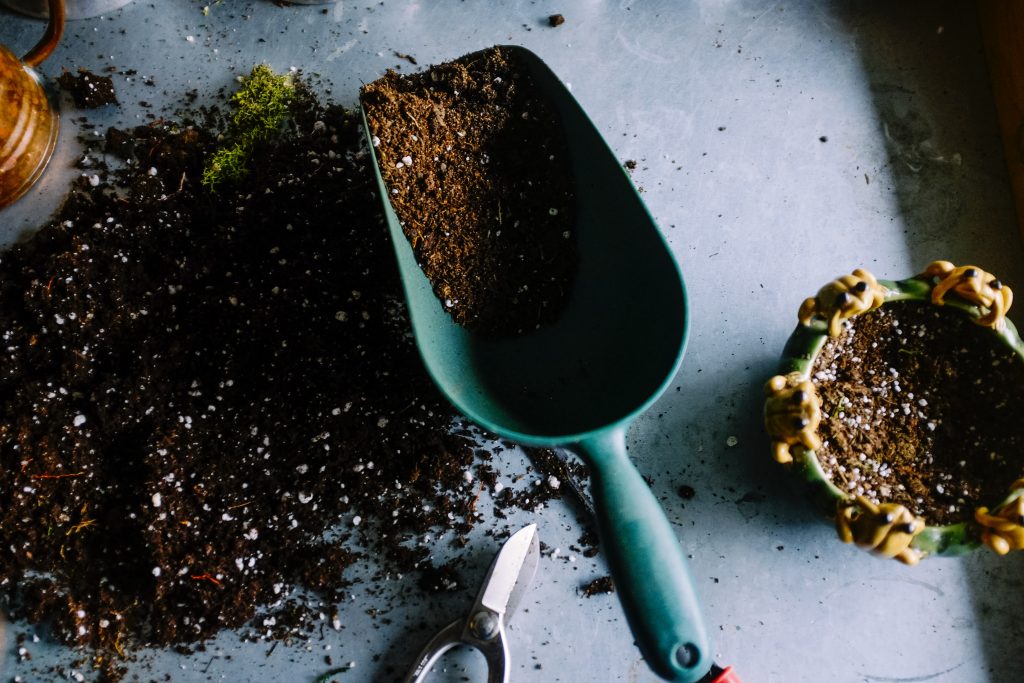Chances are, if you have been sticking to a consistent gardening routine of pruning, watering, and nurturing, your garden is full of wonderful vegetables, fruits, and blossoming flowers. Frustratingly, you can’t enjoy the ‘fruits of your labor’ if our furry friends get there first. If you find yourself in this position, it may be time to put up a barrier or try some control measures. But first, you must identify what type of critter is causing havoc in your garden.
Identify the Culprit
First, identify what type of animal is coming around your garden. Research their behavior patterns such as: What time do they like to come around? Are they capable of jumping over a fence, or can they wiggle between a small crevice? What foods are they going after? What types of things annoy them?
This information will be important in determining an effective solution for keeping them out. Some common trespassers include groundhogs, rabbits, squirrels, mice, gophers, deer, foxes, or coyotes.
 Once you have identified what animal is rummaging through your garden and its behavior, you can start to manage your garden and protect the plants growing inside.
Once you have identified what animal is rummaging through your garden and its behavior, you can start to manage your garden and protect the plants growing inside.
Control Methods
Plant diversity. Animals tend to have favorites just like we humans do. If you are experiencing some garden rummaging, consider variating the plants you have growing in your garden. Animals are less inclined to eat plants that are less appealing to them. Plants with strong odors, thorny textures, or wooly skin are known to irritate animals and motivate them to move along. This method may not work for everyone, but this can be an easy first step in deterring little critters.
Coffee and other food. Slugs, snails, and other bugs are said to hate caffeine.
Use coffee grounds for an all-natural and double-use ingredient. Lightly sprinkle the grounds over your soil and around the plants to deter smaller bugs and animals while enriching your soil with organic compost.

Another great natural option is using mint to deter deer and insects. Deer have a strong sense of smell and do not like the smell or taste of mint. Plant mint around the border of your garden or spray a mint essential oil on rocks and hard surfaces.
Other natural repellants include predator urine, hot pepper extract, garlic clippings, and castor oil. Disperse around your plants and allow these “foul” smells and tastes to deter unwanted animals. Be sure to reapply after heavy rain.
Pets. Enlist your family dog or cat in the quest to keep small critters out of your garden. Cats naturally prey on voles, gophers, and mice. Dogs can chase rabbits or squirrels out of the yard and away from your plants, given the opportunity
Noise. Loud noises help scare off pests and animals. Consider adding a wind chime around your garden to help startle the animals and keep them from eating your plants. The irregular sound patterns of the wind chime will help deter squirrels and other critters — the more unpredictable the sounds, the better chance of deterrence.
Clean out hiding spots. Brush piles or thick grass, for example, might be used as hiding or nesting sites for pests. Access to crawl areas beneath your patio or stairwell should be cleared out and restricted to stop animals from creating homes. Reduce other food sources. For example, skunks will be discouraged by covering your compost bin, squirrels will be deterred by clearing up birdseed, and ‘grubbing’ pests will be reduced by putting Milky Spore and other healthy bacteria on your grass. Besides your garden, do your best to eliminate hang-out or feeding areas around your home.

Trapping techniques. Traps, like spring-loaded doors or mesh fencing, can be handy in more extreme cases. Although, if you are experiencing this, catching one pest may not solve your problem, as they will keep coming back. Not everyone agrees with trapping techniques, but they can help if other methods haven’t worked. Not all traps are inhumane and can help deter animals from going near your garden.
Automatic sprinklers. If you’re not succeeding with the previous techniques and still can’t keep pests out of your garden, using automated sprinklers is another excellent method to scare them away. As the animal enters the detection view of the sprinkler, a jet spray of water will shoot out and frighten the animal, causing it to flee the scene.
This tool can be helpful long-term since the activation and spray of water act as a scare mechanism, making it hard for the animal to become comfortable with the deterrent. Other methods like traps, obstacles, noise, and scent deterrents aren’t as effective over time as the animal becomes familiar with them.
Fencing. Fences are, without a doubt, the most long-term and successful approach. A fence can be permanent or temporary and erected and dismantled as needed. Cut-to-size mesh fencing may be stapled or attached to fence posts to create an effective, quick-build fence. A last resort, unless you want to build an entire greenhouse outside, would be an electric fence. It will still be effective for fierce garden nibblers like rabbits, raccoons, and deer. Though it takes more time and a more significant financial investment, it is the most effective approach to offer total crop protection while allowing animals to go about their business.
Wrapping it Up
As you can see, there are several options for humanely keeping unwanted animals out of your garden. Finding the one that works best may take a variety of deterrents. Once you know what critter is crunching on your plants, you can find a solution tailored to them.




